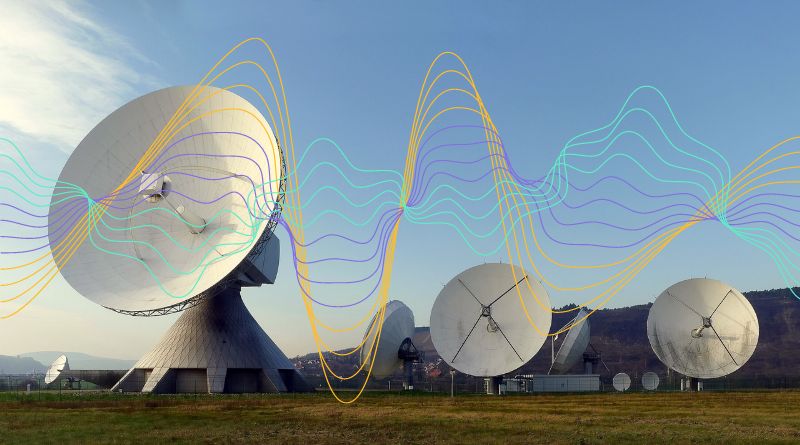As The Merge gets closer to happening on Ethereum, second-tier solutions are also gaining traction. After all, the upgrade can benefit several of these networks, increasing the scalability of Ethereum as a whole. In this sense, Arbitrum is one of the fastest growing platforms, according to data from Delphi Digital. In terms of transactions, Arbitrum surpassed the mark of 250 thousand daily transactions, surpassing the main competitor Optimism.
Comparison of transactions between Arbitrum and Optimism. Source: Delphi Digital. Recently, Arbitrum released a new update, Nitro, a more efficient and cheaper framework for their rollups. As a result, Nitro boosted both the volume and number of projects running at Arbitrum. Due to this growth, there are a plethora of Arbitrum-based projects that have turned L2 into a hub of innovation. However, many of them are not yet in the spotlight, which means they can present great earning opportunities. Now look at five of these projects.
Table of Contents
Vesta Finance (VSTA)
Vesta is a loan protocol that came about as a result of splitting another protocol, called Liquity. This protocol allows users to earn interest by borrowing a variety of decentralized assets. With Vesta users can borrow and borrow popular Arbitrum-based tokens such as GMX and DPX. Using these tokens, it is possible to mint a stablecoin leaving them as collateral – with 0% interest. Currently, the protocol has over $22.6 million in deposits, while its token (VSTA) has a circulating supply of $7.4 million. The market cap of the token is $5.8 million and if all tokens were in circulation, the total diluted value (FDV) of Vesta would be $77.9 million.
Umami Finance (UMAMI)
Called the “Yearn of Arbitrum” in allusion to the Yearn Finance protocol, Umami is developing vaults that will provide yield on Arbitrum-based DeFi protocol tokens. Umami helped popularize the trend of giving token holders a share in ETH product and treasury revenue. currently, UMAMI coffers are able to earn a yield of 9% per annum. The UMAMI token has a market cap of US$13.4 million and an FDV of US$21.2 million.
awards
Unlike the other protocols on this list, Premia focuses on trading options on cryptocurrencies. Its automatic liquidity formation system allows users to buy call or put options, while liquidity providers can earn premiums by writing these options. The premium is unique because, unlike other options protocols, it uses American options, or options that can be exercised at any time before the expiration date. Therefore, this protocol gives investors more flexibility to open or close their positions. In terms of value, Premia has attracted $7.0 million in total allocated value, while its PREMIA token has a market cap of $14.2 million and FDV of $134.2 million.
Y2K Finance
When the Terra network’s stablecoin, UST, lost its parity with the dollar, hundreds of investors lost almost all of their capital. But what if there was a protocol that made it possible to protect against these events? That’s exactly what Y2K does. Y2K is a protocol for pricing risk in assets indexed to others, such as stablecoins. The project is developing a set of products where users can speculate whether or not an asset will lose its parity, as well as protect their exposure if that happens. Although its proposal is innovative, the launch of Y2K still doesn’t have a date to happen. Therefore, the protocol does not yet have a token or market value data. But according to the project team, holders of the future tokens will eventually be able to earn a share of the protocol’s revenues and vote on issues to different vaults.
Rage Trade
Finally, Rage Trade is a decentralized exchange that will trade Ether (ETH) futures. Its aim is to build the most liquid ETH perpetual through vaults that seek to increase returns for liquidity providers. These tokens will work on an 80%-20% principle. That is, Rage will route 80% of deposits to external protocols to earn income, while using the remaining 20% as liquidity for traders. Rage’s 80/20 Tri-Crypto Vault protocol is currently active on the testnet, but the protocol is planning to release its vaults to the mainnet on September 7. Also read: Puma enters the metaverse with the launch of sneakers on NFT Read also: Sports NFTs market doubles in size in 2022 to R$ 13.6 billion Read also: When will the crypto winter end and the bull cycle begin according to Korbit?

